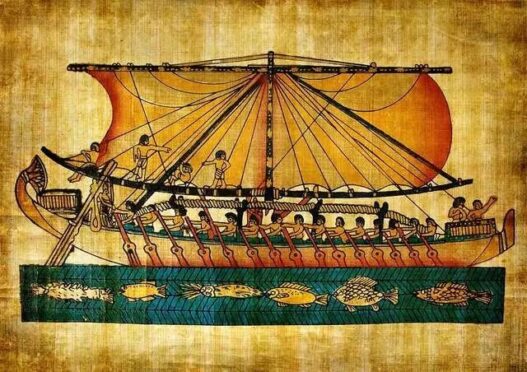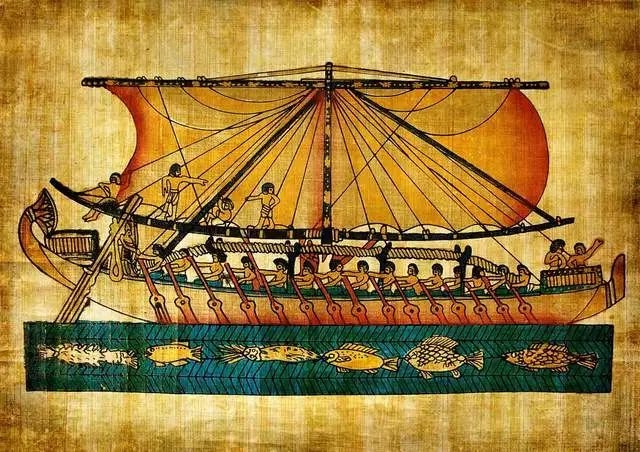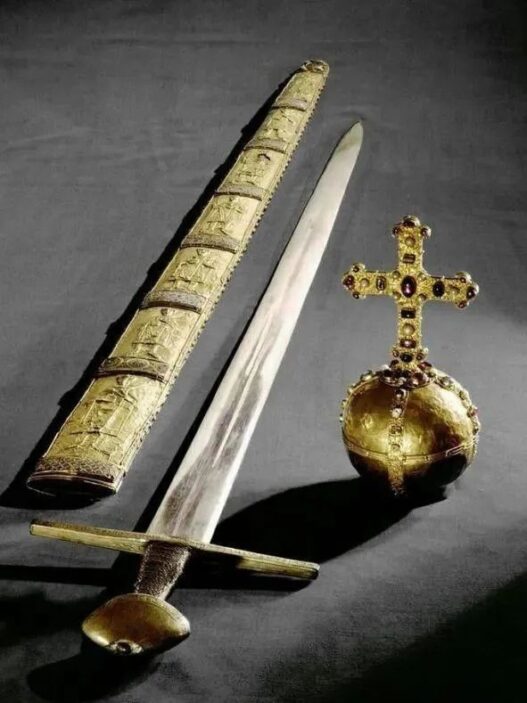A fascinating story from ancient Egypt presents the tale of a shipwrecked sailor who finds himself on a mysterious island. Here, he encounters a talking serpent, calling itself the King of Pontus, and learns of a terrible tragedy that befell its family of 75 serpents. The story not only captivates with its mystical imagery but also raises some intriguing questions about the forces behind such a massive catastrophe.
The Sailor’s Story of Survival
The sailor’s account is vivid and dramatic. He describes hearing trees cracking and the ground shaking as a huge serpent approaches him. This creature, which had golden scales and eyebrows of lapis lazuli, was so enormous that its body curved upwards, making it an extraordinary sight. The sailor explained that he found refuge on an island after the shipwreck, where he had this unsettling encounter with the serpent.
The description of the serpent suggests a creature of incredible size and power, similar to the dragons in Chinese mythology. It’s interesting to note that both Egyptian and East Asian cultures feature traditions of giant serpents, hinting at a shared mythological origin.
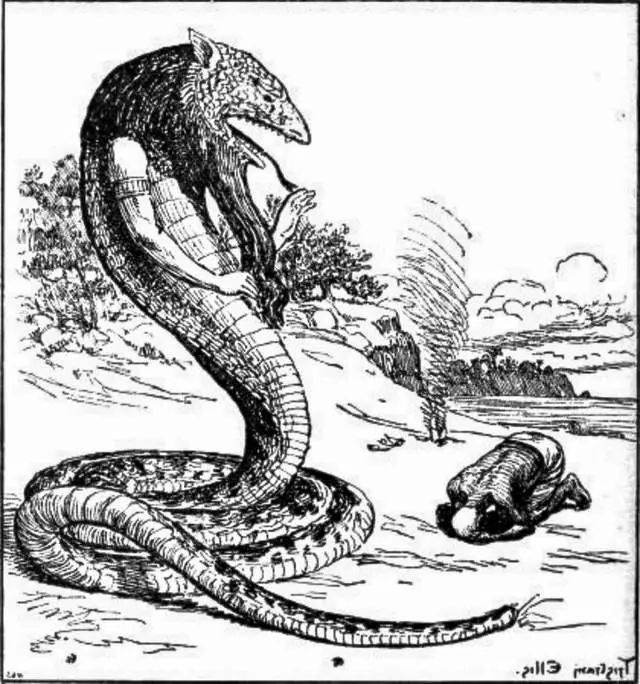
The Star That Killed the Serpents
However, the most extraordinary aspect of this tale is the mysterious star that destroyed all 75 serpents, leaving only the talking serpent alive. According to the serpent, it had lived with its family on the island until one night, a star fell from the sky, setting them all ablaze. The serpent survived because it was not present at the time of the disaster. The sailor was told, “Only I remain, the last of my kind.”
What kind of celestial object could destroy 75 enormous serpents in a single strike? The description suggests that the serpent’s family was a formidable force, with each creature being described as three times the size of the waves the sailor encountered. This implies that the serpents were not merely symbolic creatures but giant beings capable of withstanding great forces. So, what happened that night? Was it an asteroid impact that obliterated these massive creatures?
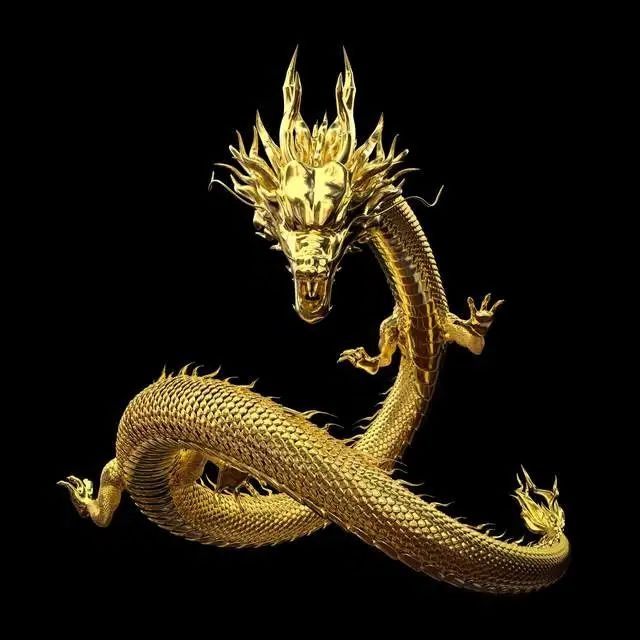
A Celestial Catastrophe?
The idea that a star—or perhaps a rogue asteroid—could cause such devastation is a compelling one. The sheer energy required to destroy these gigantic beings suggests a cosmic event of great magnitude. Could a small asteroid have collided with Earth, causing widespread destruction, including the annihilation of these serpents? The timing and description of this event, which involved a celestial body causing an explosion that wiped out these creatures, lead to fascinating possibilities for further investigation into the ancient past.
The Ancient Giants: Myth or Reality?
Giant serpents and dragons appear in many ancient mythologies, suggesting that such creatures may have once existed in some form. These beings were often associated with powerful deities and cosmic events. For example, the Mušḫuššu of Mesopotamian mythology, dating back to around 2100 BCE, was described as a snake with the legs of an eagle and the forelimbs of a lion. It was seen as a symbol of divine power and protection.
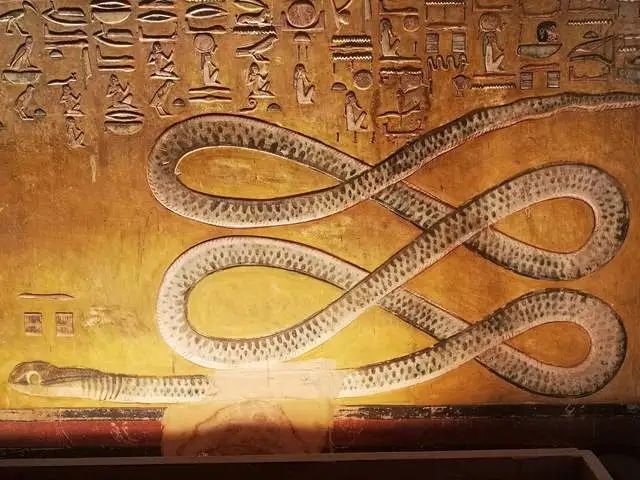
In ancient Egyptian mythology, the serpent Apep (also known as Apophis) was a great enemy of the sun god Ra. Apep represented chaos and darkness, and according to myth, every night, Ra fought with Apep as he journeyed through the underworld. This battle symbolized the eternal struggle between order and chaos.
Similarly, in Greek mythology, the Python was a serpent born from the aftermath of the great flood. The serpent was slain by Apollo, who later established the Pythian Games at Delphi. These games were named after the Python and became an important part of Greek culture, second only to the Olympic Games.
The Leviathan: A Biblical Serpent
In Jewish mythology, the Leviathan is another legendary serpent, often depicted as a sea creature with multiple heads. It is said to have been slain by the archangel Michael. In the Christian tradition, Leviathan transformed into a symbol of evil and was associated with the Devil.
The consistent appearance of giant serpents and dragons across cultures raises the question of their origin. Could these creatures have once roamed the Earth, only to be wiped out by some catastrophic event? If they did exist, what led to their extinction? Was it a cosmic event, like the impact of a star or asteroid?

The Enduring Fascination with Giant Serpents
Despite the many centuries that have passed, the myth of the giant serpent continues to captivate human imagination. These creatures, whether real or imagined, represent something primal—forces of nature, chaos, and cosmic power. The stories of giant serpents, dragons, and other mythological creatures have shaped cultures and continue to inspire modern narratives.
As we delve into the legends and mythologies of ancient civilizations, we’re left wondering: Could the ancient stories of giant serpents and dragons be based on real encounters with enormous creatures that once existed? Or are they simply vivid manifestations of our collective imagination, born from the awe-inspiring forces of nature and the stars?





